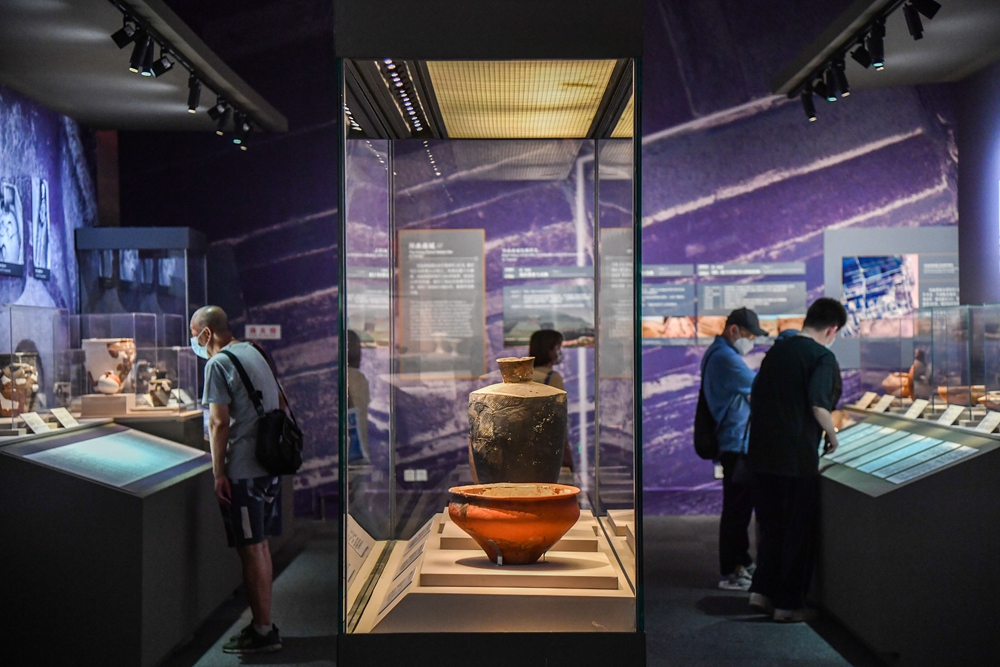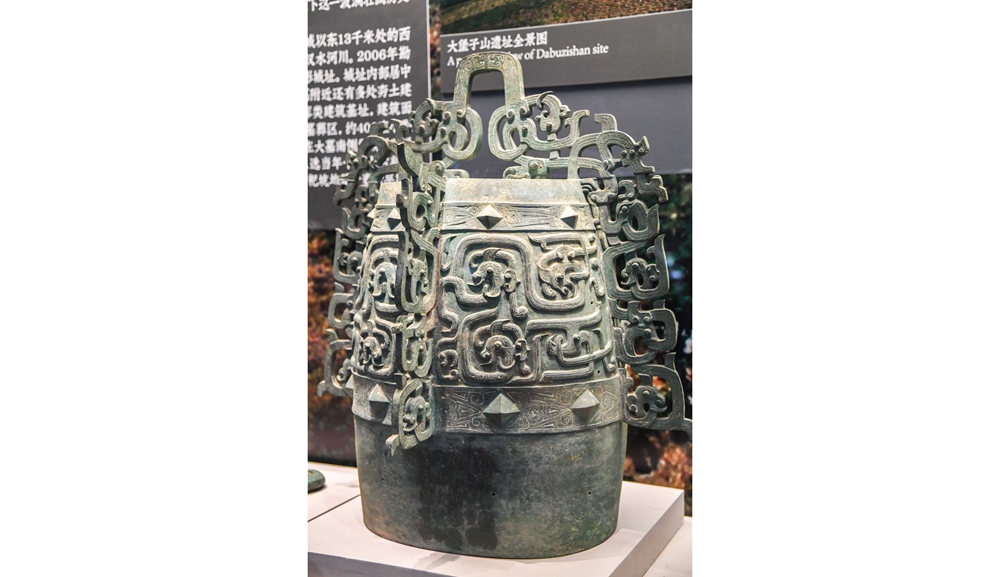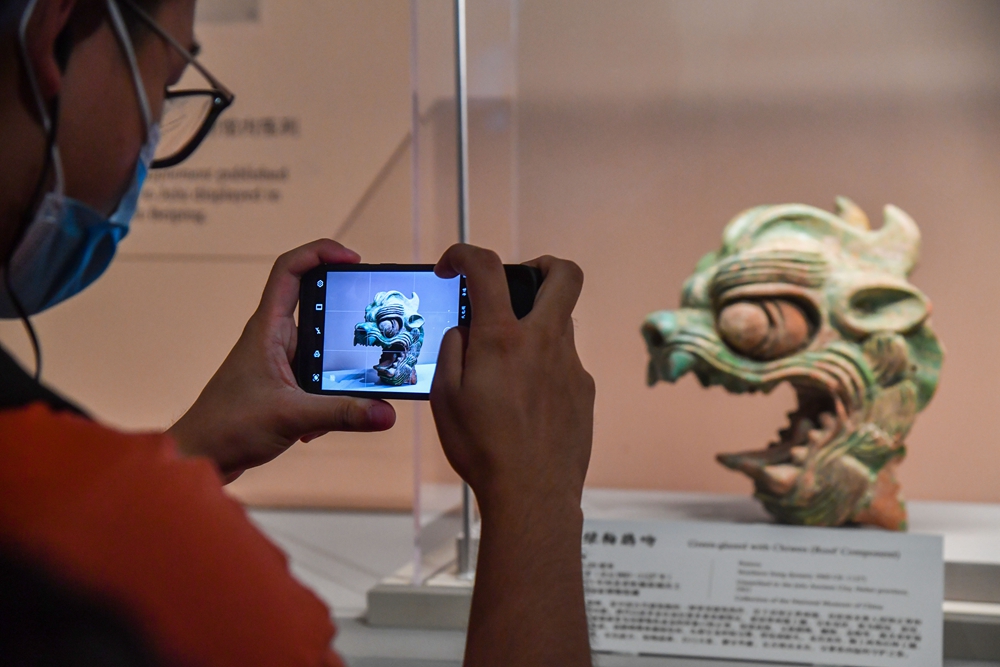| |





1/5
|
|
|
On July 9, the National Museum of China, standing in the heart of Beijing, celebrated the 110th anniversary of its establishment. The museum has engaged in archaeological endeavors for more than a century. A new exhibition titled Profound Accumulation, Far-Reaching Influence: Archaeological Achievements of the National Museum of China honors its achievements in this field. The exhibition, unveiled on July 2, includes more than 240 artifacts that were excavated from nearly 70 archaeological projects involving the museum, from ruins of the Paleolithic period to underwater cultural heritage, including shipwrecks and other marine-related accouterments, of the Qing Dynasty (1644-1911). The museum helps visitors better understand ancient Chinese culture by introducing it from the perspectives of different eras in history and wide-ranging archaeological methods. It also unearths the origins of Chinese civilization and reflects the East-West diffusion of artistic traditions through the emergence and evolution of the ancient Silk Road. (Text and Photos by Wei Yao) Copyedited by Elsbeth van Paridon Comments to weiyao@cicgamericas.com
|
|
||||||||||||||||||||||||||||
|
